navigation
Latest
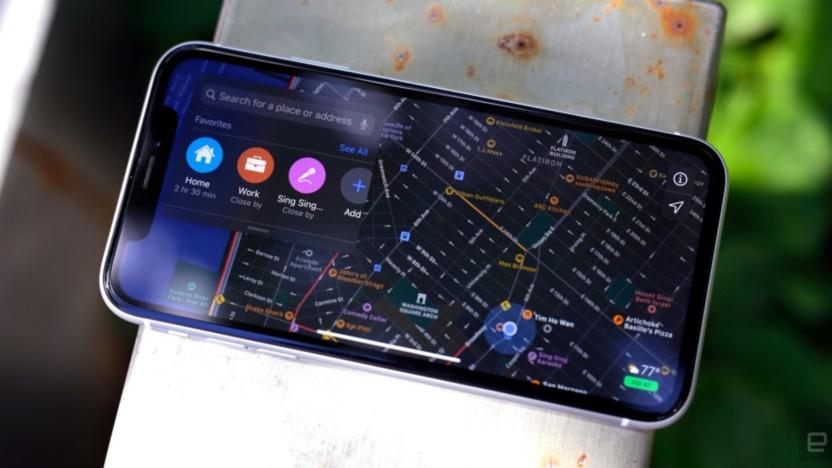
Apple's improved Maps expand across the northeast US
Apple is starting to roll out its major Maps update more broadly across the US. It overhauled the app for iOS 13 with revamped maps for parts of California and Texas, and now it's expanding its new and improved Maps across the northeast US.
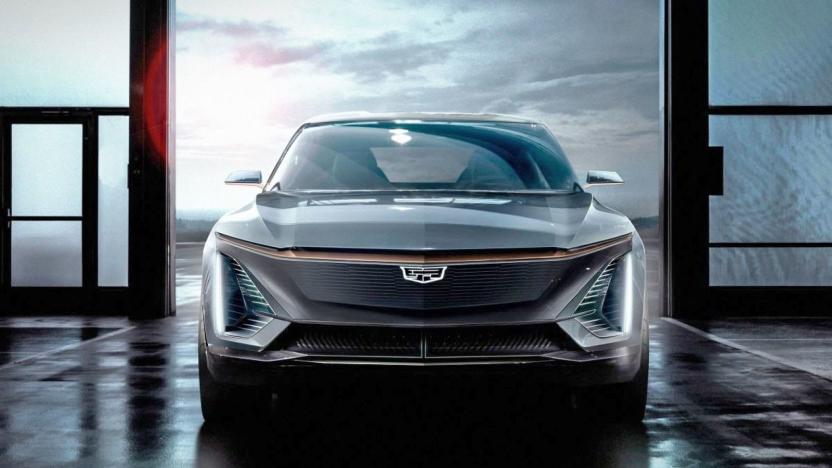
Google Assistant and Maps are coming to GM vehicles in 2021
GM and Google are working to bring a voice assistant, embedded navigation and in-vehicle apps to Chevrolet, Buick, GMC and Cadillac vehicles beginning in 2021. The companies announced the partnership today, and according to GM, it plans to eventually roll the tech out in all vehicle brands.
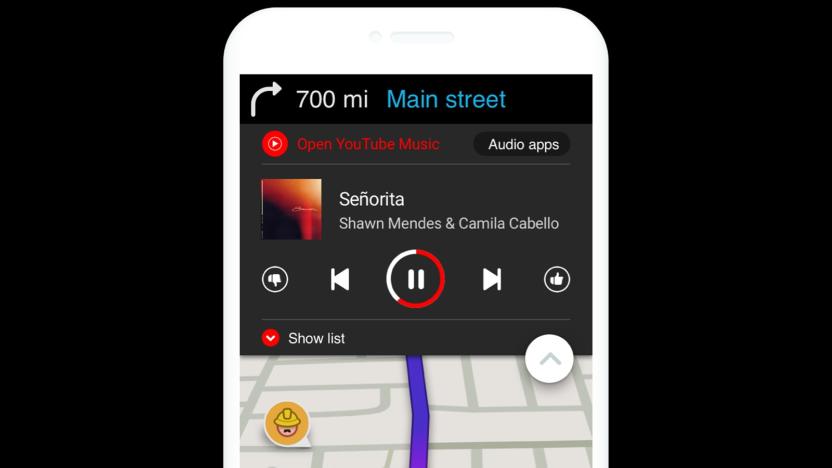
Waze adds easy access to YouTube Music while you drive
You'd think Google would have raced to make YouTube Music controls available inside Waze, but not so -- numerous third-party services got there first. At last, though, there's some harmony. Waze has added YouTube Music integration that brings playback controls to your navigation screen on both Android and iOS. As with other apps, you can quickly skip a track or give it a thumbs-up without having to switch apps -- important when you're eager to put on a favorite tune before the traffic light turns green.
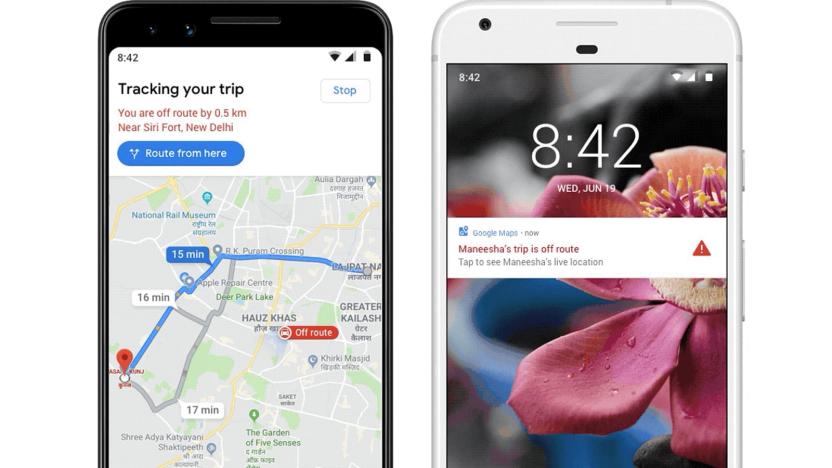
Google Maps can warn you if your ride goes off-route
Many ride-hailing passengers are understandably anxious about their vehicles going off-route due to the potential for sexual assault. However, Google hopes it can set minds at ease until there really is cause for worry. It just introduced optional off-route alerts that let Google Maps users on Android know if their ride veers more than 0.5km (about 0.3 miles) from the suggested route. Enable the feature and you'll get a "prominent notification" as well as a view of where you are relative to the suggested path. From there, you can share your live trip details if you want others to be aware or take action.
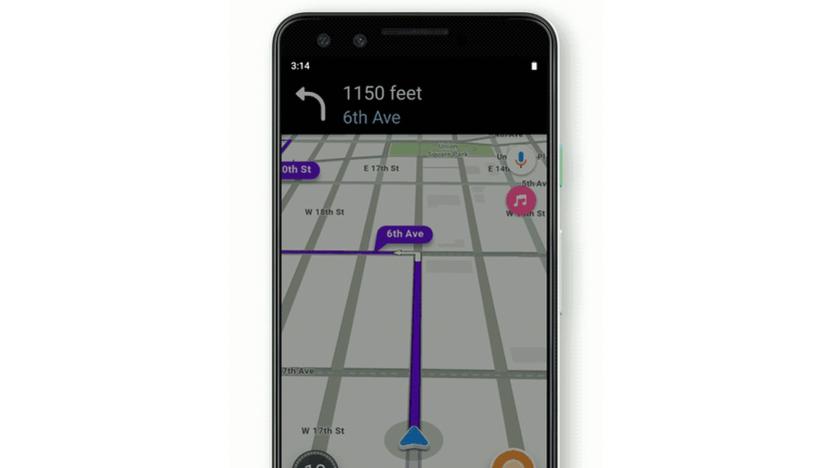
Google Assistant now offers navigation help in Waze
You might not have to touch your screen much at all the next time you navigate with Waze. Google is starting to roll out Assistant support in Waze for Android users, making some of its features available through (relatively) distraction-free voice control. You can report problems like traffic or crashes while still paying attention to the road, or tell Waze to avoid toll roads if you forgot to specify that before setting off.
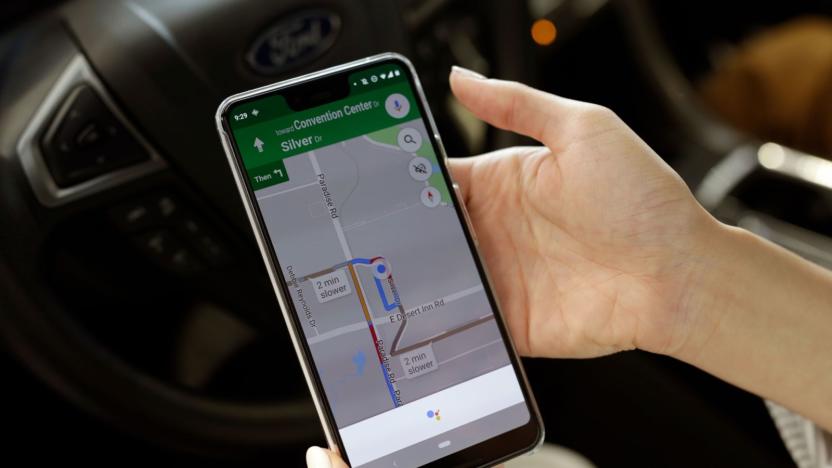
Google Maps shows your speed while you're driving
Google isn't just counting on speed limits in Maps to encourage safe driving -- it's now showing your actual speed. Android Police has learned that Google Maps is rolling out an optional speedometer that kicks in while you're using driving navigation. It displays next to the current speed limit and changes color if you flaunt the law. Much like a similar Waze feature, you won't have to wonder if you're going too fast.
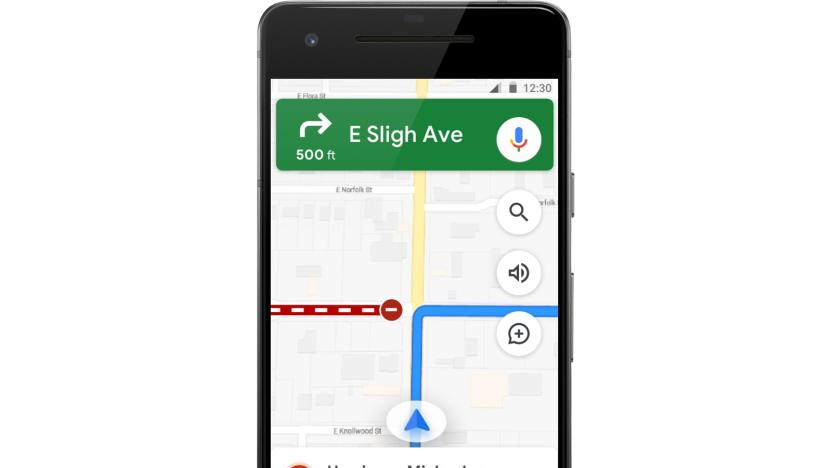
Google Maps will navigate you away from crises
Google's SOS alerts already give you vital information when you're in a crisis zone, and now that includes driving directions. As part of a broader expansion of SOS alerts to Google Maps, the company has introduced navigation features that will not only warn you about crises along your route, but will change your route to avoid them when possible. If a flood threatens to block your way, this might just help you reach safety.

Garmin hopes Alexa will convince you to buy a dedicated GPS
There's no question that dedicated GPS units are on the decline in an era when your smartphone is often good enough for navigation, if not better. Garmin, however, thinks it can stave off obsolescence in a simple way -- by adding a voice assistant you'd use on your phone. The new DriveSmart 65 is the company's first full-display GPS (but not its first ever) to incorporate Alexa, and uses the AI helper to handle the tasks that would normally require staring at your phone or infotainment system.

Consumer Reports: Tesla's automatic lane change option poses safety concerns (updated)
We found that Tesla's Navigate on Autopilot has its quirks, but Consumer Reports is... slightly more concerned. The publication has claimed that the latest version of the semi-autonomous driving feature poses "serious safety concerns," making automatic lane changes (when enabled) that are overly aggressive and don't properly anticipate human behavior. In tests, it would frequently cut off other drivers, pass on the right and have trouble anticipating fast-moving vehicles approaching from behind.
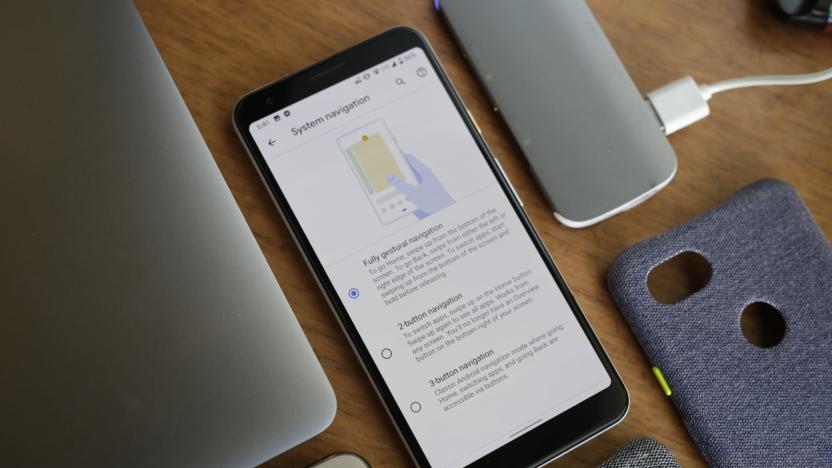
With Android Q, Google is pushing for more elegant, standardized gestures
At last year's developer conference, Google gave us our first taste of Android Pie's gesture-based navigation system. It was, uh, pretty rough: the classic, three-button navigation scheme was replaced with a back button, a "pill" and a handful of swipe gestures that, to me at least, never felt particularly elegant or natural. Thankfully, Allen Huang, Google's product manager for Android's system interface, explained it was always meant to be a transitional step and never meant for it to last "in its current form" for more than a year.
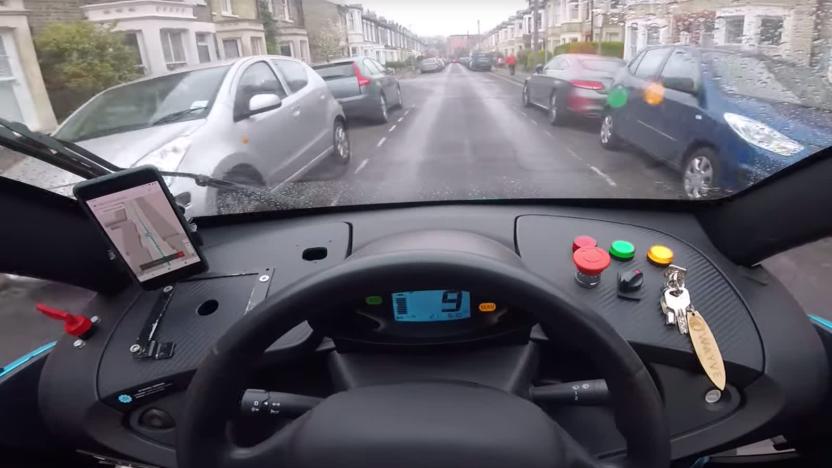
Watch a self-driving car navigate with just cameras and basic GPS
Self-driving cars currently need a lot of hand-holding to get around, with even Waymo's machines relying on lidar, custom rules and highly detailed maps to know exactly where to go. Wayve, however, wants driverless vehicles with more independence. It just showed a prototype autonomous vehicle (a modified Renault Twizy) driving around Cambridge, UK using only cameras and basic GPS directions from a phone. It had never seen the roads before, and was only running on 20 hours of training data -- it didn't even know to drive on the left side of the road or to slow down at intersections where it didn't have the right of way.
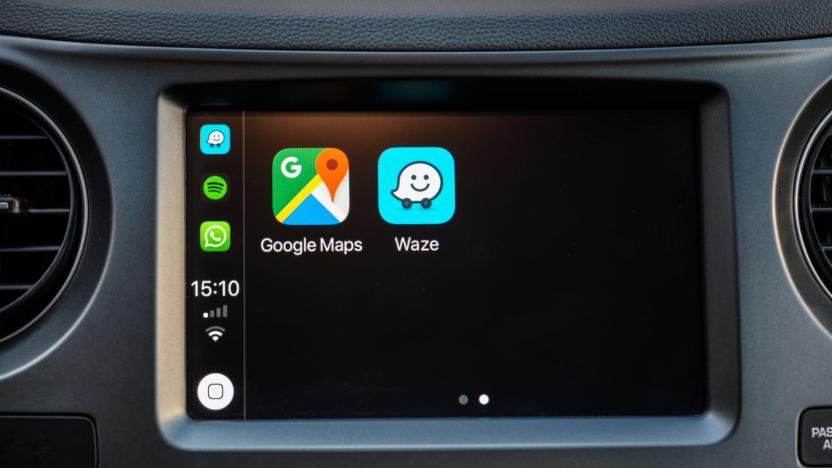
Waze adds Siri Shortcuts to its iOS app
Waze is playing even more nicely with Apple after it enabled CarPlay support back in September. The latest version of its iOS app lets you use Siri Shortcuts to find your way to a destination. You'll be able to set up shortcuts for things like your morning commute, the drive home and directions to your favorite places.
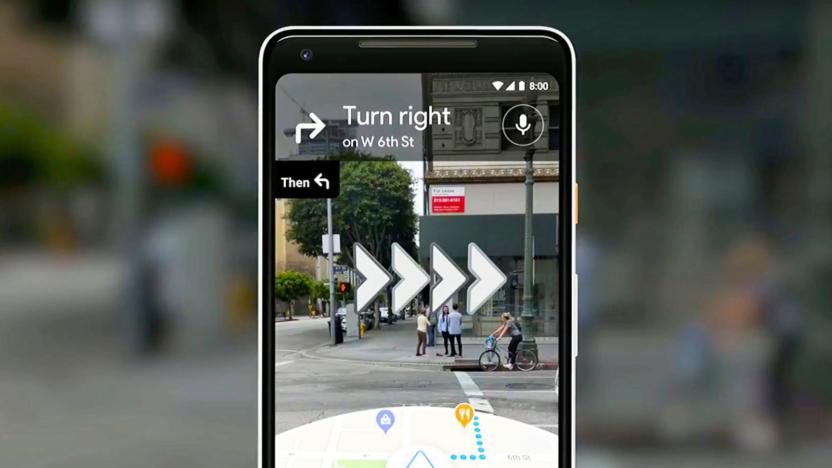
Google Maps AR navigation is rolling out to a handful of users
Google Maps' augmented reality navigation is finally rolling out several months after its debut, although you might still have to wait a while. The company told the Wall Street Journal the walking-focused feature will be available shortly, but only to Local Guides (community reviewers) at first. The feature will need "more testing" before it's available to everyone else, Google said. Still, this suggests AR route-finding is much closer to becoming a practical reality.
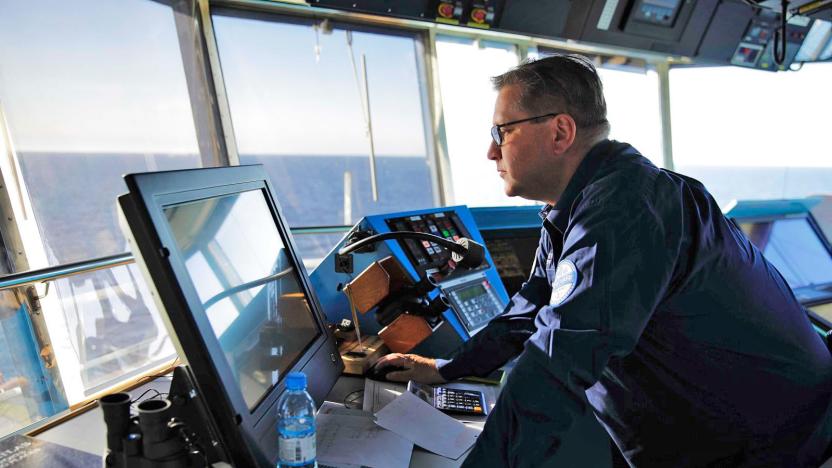
Earth's fast-moving magnetic north pole is messing with navigation
The Earth's magnetic north pole is constantly on the move, but it's now enough of a problem that it's having a significant effect on navigation technology. Scientists at the National Centers for Environmental Information have delivered an update to the World Magnetic Model a year early after "unplanned variations in the Arctic region" (read: quick movements) made the existing magnetic north inaccurate. That's a problem for virtually every device with a magnetic compass, including smartphones, military vehicles and airliners.
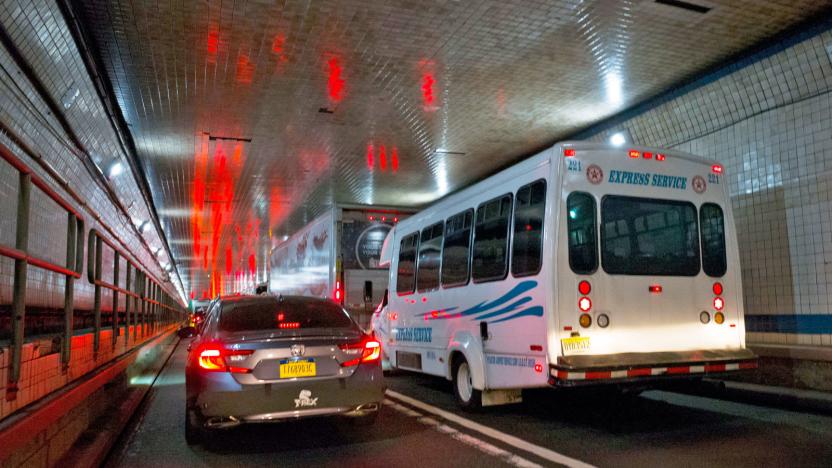
Waze Beacons will help you navigate inside New York City tunnels
New York City's tunnels are as much a part of its landscape as its subway lines and streets, but they can also be a pain when your GPS signal cuts out and your navigation app is effectively blind. They might not cause headaches for much longer. Waze is launching its wireless Beacons, which help improve navigation in areas with unreliable GPS, across the New York metro area. You'll encounter them in familiar NYC underground sections like the Brooklyn Battery Tunnel, Holland Tunnel, Lincoln Tunnel and Queens-Midtown Tunnel.

Tesla’s Navigate on Autopilot was my CES road trip companion
I love a good road trip. I've spent hundreds of thousands of miles in cars during my life, and the best times were when I knew it would be hours or even days before I reached my destination. Typically a friend (or friends) or family members would accompany me, but on a few occasions, it was just me, my music collection -- and scenery screaming past me at 70 miles per hour.

Here's ride-hailing app focuses on shared rides
Most ride hailing apps are strictly focused on getting you from A to B. That's rather important, but they don't really acknowledge why you're going out -- you're heading to a party, a business meeting, a family get-together. Here Mobility thinks it can add that social element with its SoMo app. At its heart, it's a multi-service hailing app with group planning. You can create one-time or recurring events, invite people and help them find the best way to get around, whether it's a ridesharing car, a taxi or the bus.
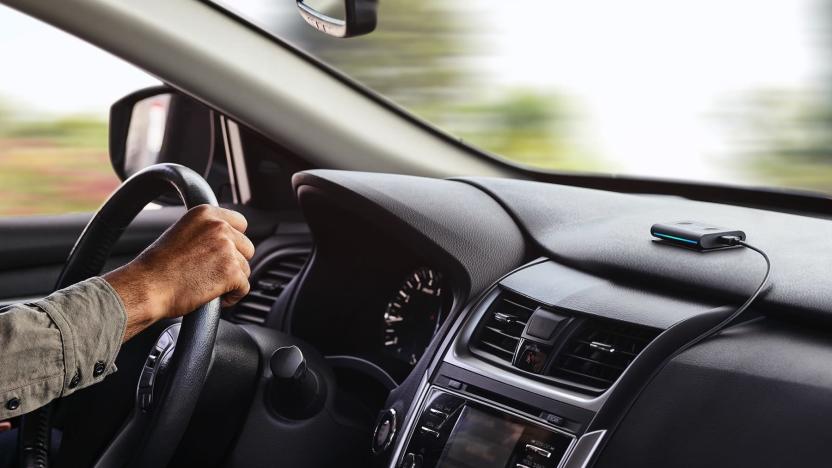
Amazon adjusts the outlook for its in-car Echo setup
With time running out on 2018, Amazon has suddenly started delivering a bunch of the Alexa-connected devices it announced in September. However, it's looking more and more like the Echo Auto that links its virtual assistant to your car stereo won't be one of them. Despite some flip-flopping by Amazon's website, AFTVNews notes that the product page has recently changed, and instead of saying invitations for a pre-release program will go out this year, it simply allows users to get their names on a list. Another adjustment is in its potential support for navigation apps. While it previously promised support for Google Maps, Apple Maps and Waze, it now specifies that support for the latter two will arrive in 2019, presumably at some point after the hardware is first released. There's also a support page listing phones that definitely won't work with it, so we have bad news for anyone hoping to link their Nexus 4 to the device.

Google Maps update ensures Assistant stays out of the way
Google recently launched a slew of updates for Assistant, and now it's making its AI helper smarter and more discrete for Maps. Reddit user raddacle noticed that Assistant on maps now takes up very little space when it pops up, and keeps navigation open when you place calls and do other chores. The last version of Maps would instead open the dialer, reducing navigation to quarter-screen mode -- something that can be distracting while you're driving.

AR technology helps the blind navigate by making objects 'talk'
If you're blind, finding your way through a new area can sometimes be challenging. In the future, though, you might just need to wear a headset. Caltech researchers have developed a Cognitive Augmented Reality Assistant (CARA) that uses Microsoft's HoloLens to make objects "talk" to you. CARA uses computer vision to identify objects in a given space and say their names -- thanks to spatialized sound, you'll know if there's a chair in front of you or a door to your right. The closer you are, the higher the pitch of an object's voice.






